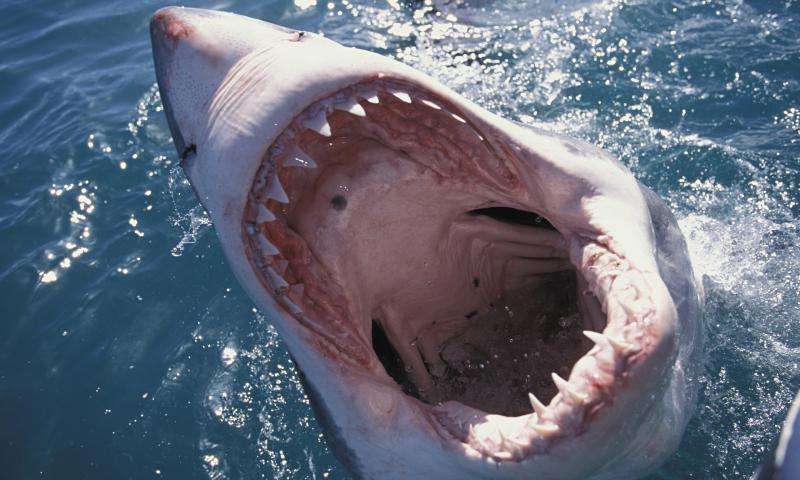
Coastwise members enjoyed an expert, and enthusiast's, view of the world of sharks from Nicky Weeden, of Blue-O-Two diving and the Shark Trust.
It's well known that sharks are one of the oldest and most successful species, the cartiligenous fishes having been around for over 450m years. Less well known is that their very close relatives, the rays, only evolved in the last 5m years.
Nicky, a marine biologist from Plymouth University originally, outlined some of the characteristics that have allowed sharks to survive and thrive for so long.
The skin is covered in dermal denticles that allow very low hydraulic drag. They have excellent sight, with a ructinating membrane instead of a conventional eyelid to protect the eye; some can rotate the eyeball through nearly 180 degrees to protect it. Very sensitive olfactory lamellae in the nasal cavities allow an acute sense of smell. A line of electro-receptors down the back senses electrical and electromagnetic disturbances. The teeth have backups behind them in the gum, and some of the larger sharks are though to use up thousands in a lifetime.
Nicky covered these and many more interesting aspects of sharks and rays, including their complicated reproduction arrangements, and wide distribution and number of types round the world.
However, all is not rosy, because of the huge rate of predation by humans for shark fin soup, quack medicine, liver oil and sport. Nicky astonished members by quoting the 12-odd human deaths per year attributed to sharks, against the 11000 estimated shark deaths per hour caused by humans.
There's a lot of research in progress to understand population size and distributions, and thankfully many countries are now waking up to the need to educate populations on the need to cut this huge and senseless slaughter, and conserve the shark family.

